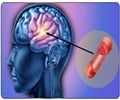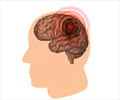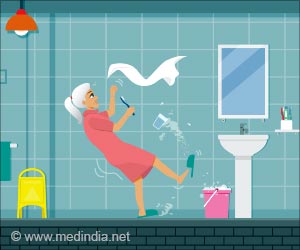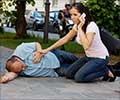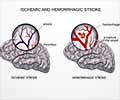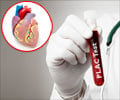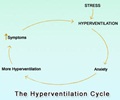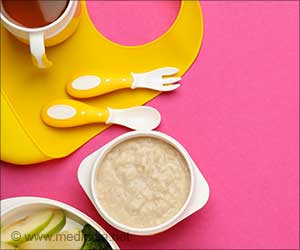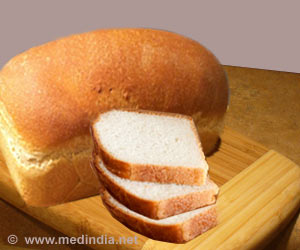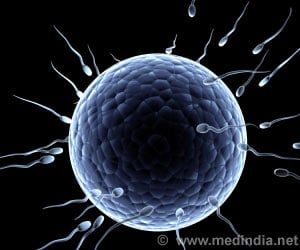Timely action during a stroke can mean the difference between recovery and lifelong impairment.
- Stroke strikes suddenly, but early recognition can save lives
- Lifestyle changes like a healthy diet and exercise reduce stroke risk
- Timely treatment within the "golden hour" improves recovery outcomes
Global, regional, and national burden of stroke and its risk factors, 1990-2019: a systematic analysis for the Global Burden of Disease Study 2019
Go to source).
Quick medical intervention within the first few hours of a stroke can prevent long-term disability! #strokeawareness #actfast #medindia’
Types of Stroke
Ischemic Stroke
This is the most common type, accounting for about 87% of all strokes. It occurs when a blood clot blocks or narrows an artery supplying blood to the brain. Conditions like high cholesterol, hypertension, and diabetes increase the risk of ischemic strokes.
Hemorrhagic Stroke
This occurs when a weakened blood vessel in the brain bursts, leading to internal bleeding. Uncontrolled high blood pressure and aneurysms are the primary causes of hemorrhagic strokes.

Transient Ischemic Attack (TIA)
Often referred to as a "mini-stroke," a TIA is a temporary blockage of blood flow to the brain. Though symptoms resolve within 24 hours, it serves as a warning sign for a future major stroke (2✔ ✔Trusted Source
Stroke Risk Factors, Genetics, and Prevention
Go to source).
Recognizing Stroke Symptoms
The FAST acronym helps in identifying stroke symptoms:- Face drooping: One side of the face may appear uneven or droopy.
- Arm weakness: Difficulty in lifting one or both arms.
- Speech difficulty: Slurred or incoherent speech.
- Time to call emergency services: Immediate medical help is crucial.
Risk Factors for Stroke
Certain factors increase the likelihood of experiencing a stroke. These include:- High Blood Pressure: The leading cause of strokes worldwide.
- Diabetes: Increases the risk by damaging blood vessels.
- Smoking & Alcohol: Contributes to plaque buildup and blood clot formation.
- Obesity & Sedentary Lifestyle: Poor diet and lack of exercise raise stroke risk.
- Heart Disease: Conditions like atrial fibrillation can lead to clot formation.
Preventing Brain Stroke
Stroke prevention involves making lifestyle changes and managing underlying health conditions. Some preventive measures include:- Maintaining a Healthy Diet: Reduce sodium, saturated fats, and processed foods.
- Regular Exercise: At least 30 minutes of moderate activity most days of the week.
- Controlling Blood Pressure & Sugar Levels: Routine check-ups and medications help in managing them.
- Quitting Smoking & Limiting Alcohol Intake: These significantly lower stroke risk.
- Managing Stress: Meditation, deep breathing, and yoga can promote mental well-being.
Treatment and Recovery from Stroke
Immediate treatment depends on the type of stroke. For ischemic strokes, clot-busting drugs like tPA (tissue plasminogen activator) can restore blood flow if administered within 3-4 hours. Hemorrhagic strokes may require surgery to repair blood vessels and stop bleeding.Stroke rehabilitation focuses on regaining lost functions through:
- Physical therapy: Improves mobility and muscle strength.
- Speech therapy: Helps in recovering communication skills.
- Cognitive therapy: Assists in memory and problem-solving recovery.
Every second counts in a stroke – recognize the signs, take action, and save lives.
References:
- Global, regional, and national burden of stroke and its risk factors, 1990-2019: a systematic analysis for the Global Burden of Disease Study 2019 - (https://pubmed.ncbi.nlm.nih.gov/34487721/)
- Stroke Risk Factors, Genetics, and Prevention - (https://pubmed.ncbi.nlm.nih.gov/28154098/)
Source-Medindia


